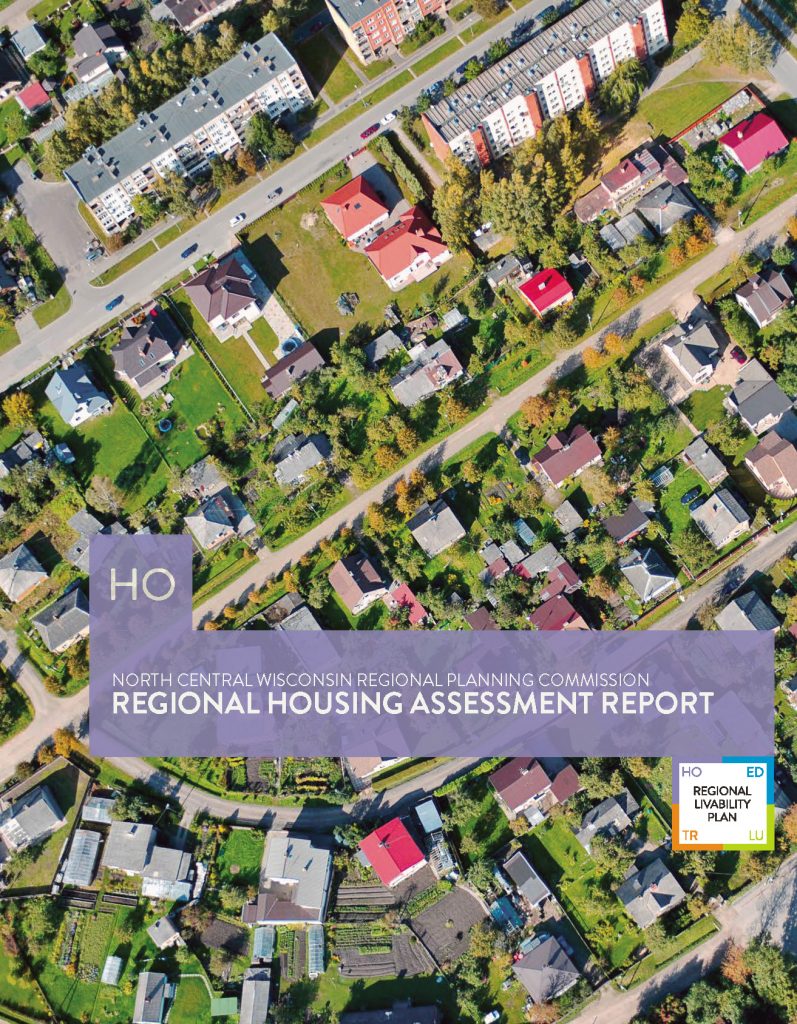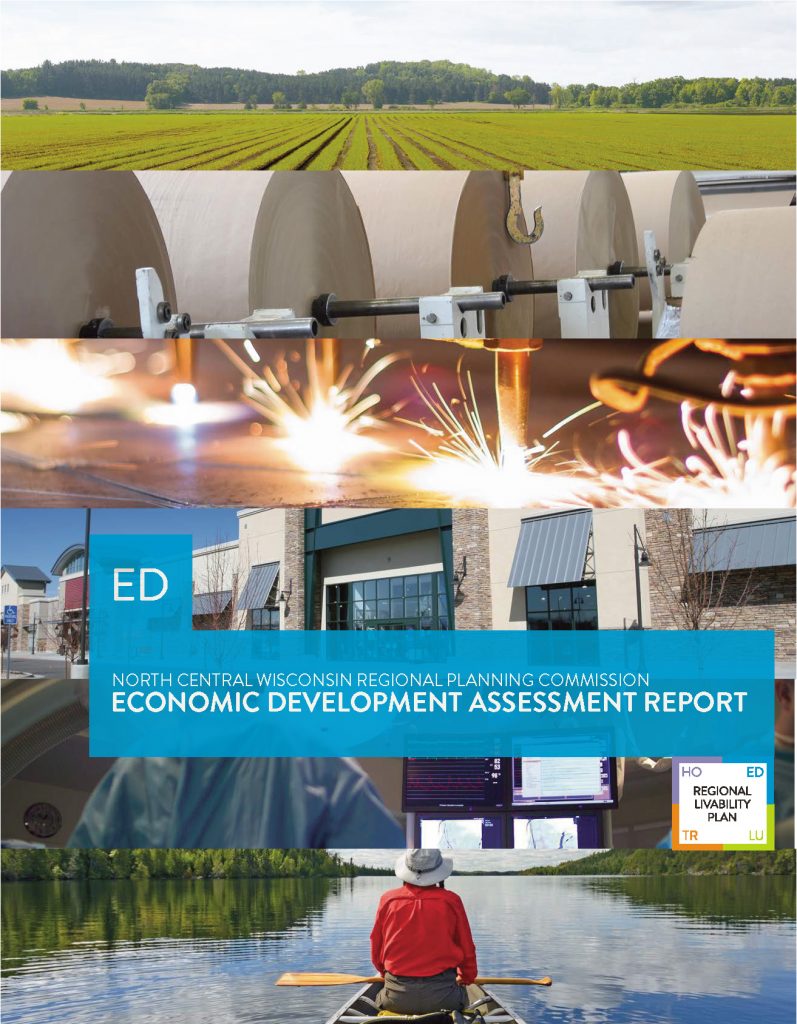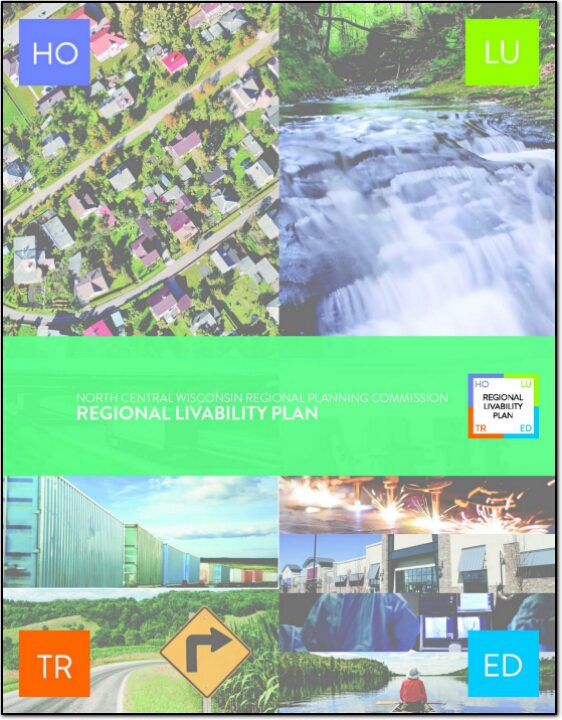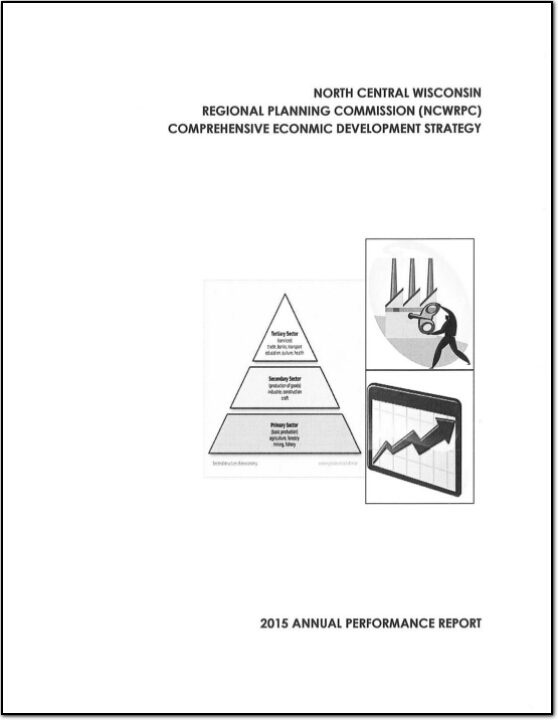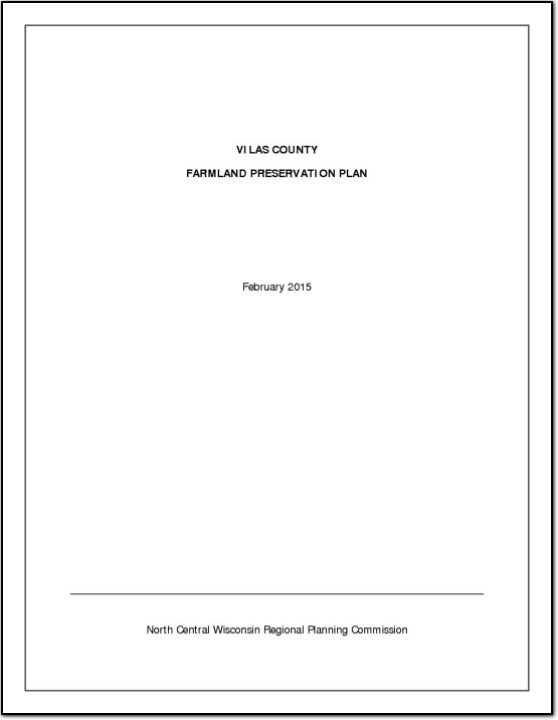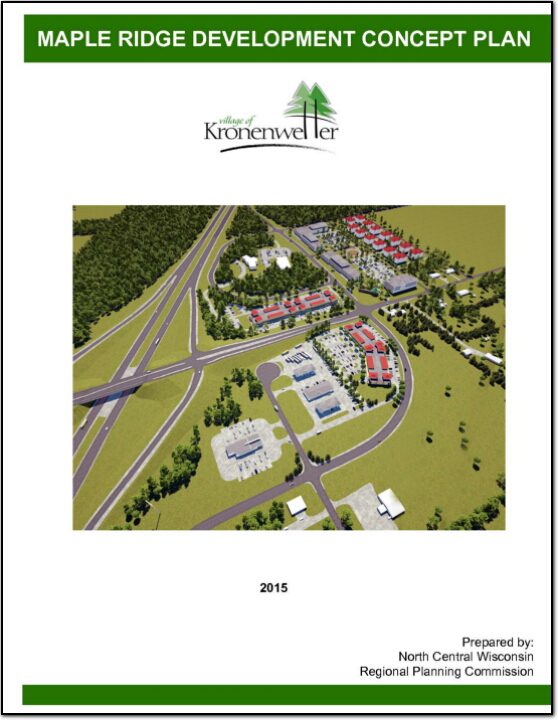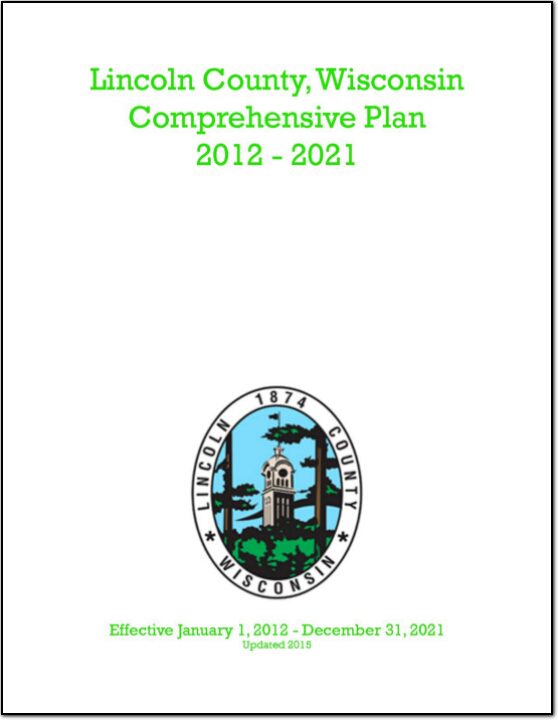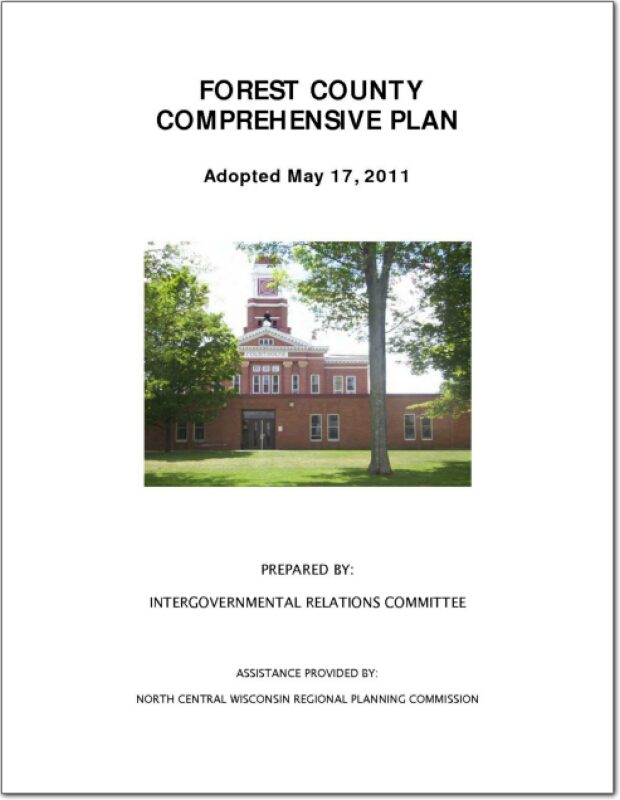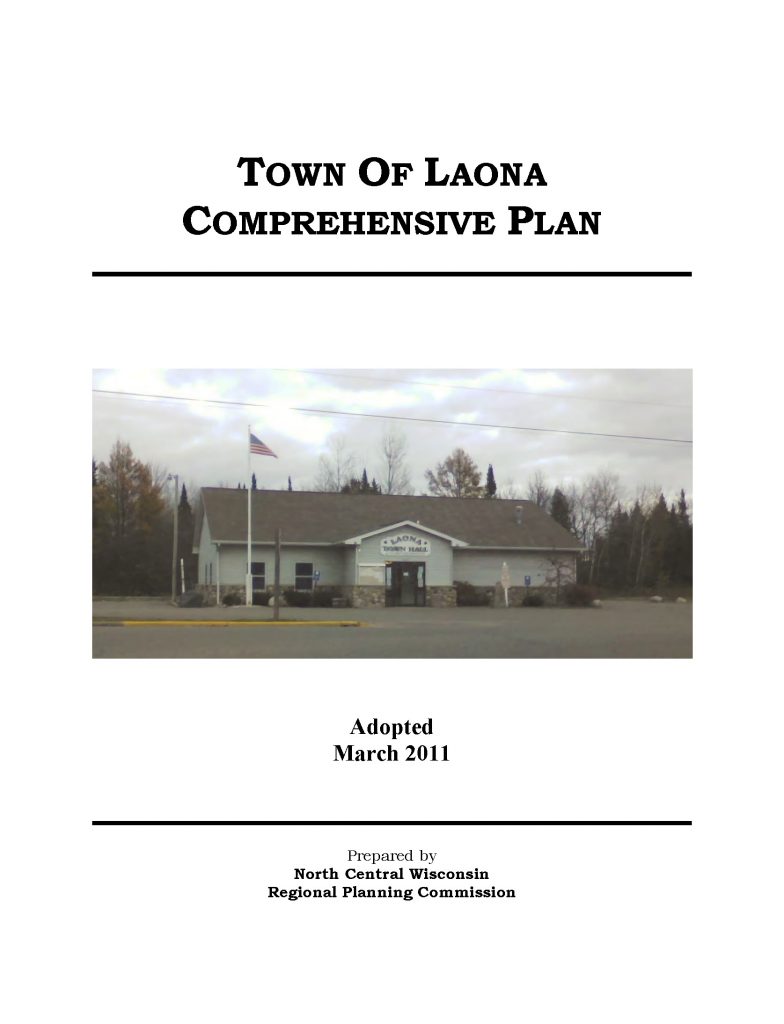The Housing Assessment Report is one of four reports prepared as part of the overall Regional Livability Plan effort undertaken by the North Central Wisconsin Regional Planning Commission. Each Assessment Report focuses on the foundational topics of Housing, Economic Development, Transportation, and Land Use. These four reports along with demographic data will form the basis of the overall North Central Wisconsin Regional Livability Plan.
Housing is a crucial component of livability. The complex dynamics of the housing market impact future housing development. Understanding this relationship provides a basis for the formulation of policy to coordinate transportation facilities with a sustainable pattern of residential development. The connection between home and work is a fundamental function of any transportation system. Home-work connections should be efficient, reinforce and strengthen community ties, and foster economic development and environmental sustainability. Understanding the factors affecting people’s decisions on meeting their housing needs provides a basis for establishing solid home-work connections in the region.
